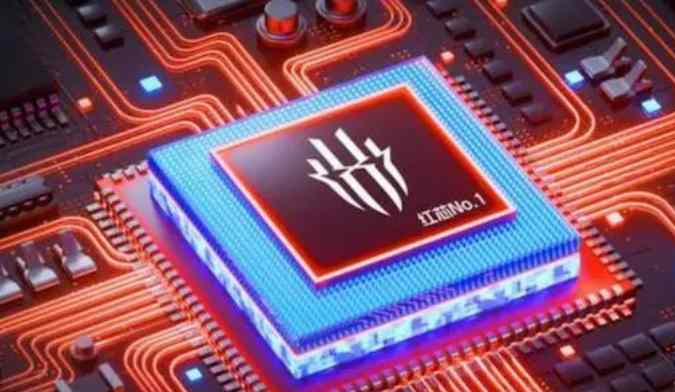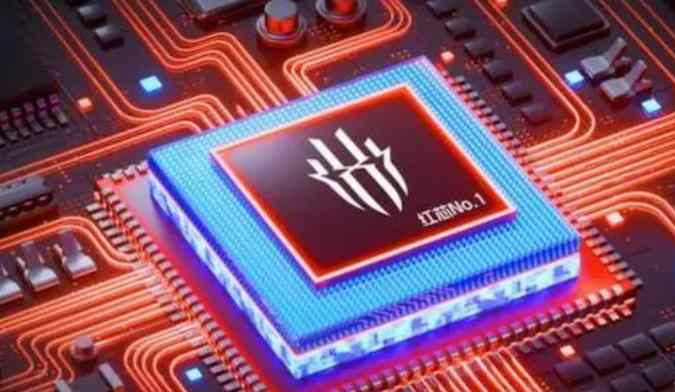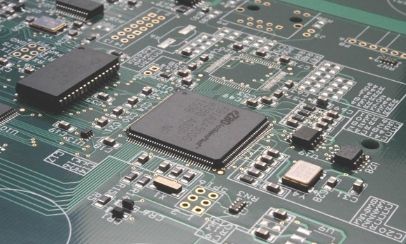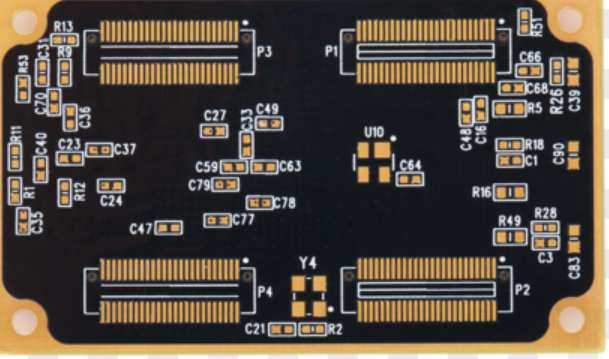
In order to suppress the reflection interference appearing at the end of the printed line, except for special needs, the length of the printed line should be reduced as much as possible and the use of slow circuits. Terminal matching can be added if necessary, that is, a matching resistor with the same resistance value can be added to the end of the transmission line to the ground and the power supply. According to experience, for TTL circuits with high speed, terminal matching measures should be adopted when the printed lines are longer than 10cm. The value of the matching resistance should be determined by the maximum value of the output drive current and the absorption current of the integrated circuit.
Decoupling capacitor configuration
In DC power supply loop, load variation can cause power supply noise. In a digital circuit, for example, a large spike of current is generated along the power line when the circuit changes from one state to another, creating a transient noise voltage. The configuration of decoupling capacitance can suppress the noise caused by load changes, which is a common practice in the reliability design of printed circuit boards. The configuration principle is as follows:
● The input end of the power supply is connected to a 10 ~ 100uF electrolytic capacitor. If the position of the printed circuit board allows, the anti-interference effect of the electrolytic capacitor above 100uF will be better.
● Configure a 0.01uF ceramic capacitor for each IC chip. If the printed circuit board space is too small to fit, a 1 ~ 10uF tantalum electrolytic capacitor can be configured for every 4 ~ 10 chips. The high frequency impedance of this device is very small, the impedance is less than 1Ω in the range of 500kHz ~ 20MHz, and the leakage current is very small (less than 0.5uA).
● For devices with weak noise capacity and large current change when off and memory devices such as ROM and RAM, the decoupling capacitor should be directly connected between the power line (Vcc) and ground (GND) of the chip.
● The lead of the decoupling capacitor should not be too long, especially the high-frequency bypass capacitor should not have a lead.
Printed circuit board dimensions and device configuration
Printed circuit board size should be moderate, too large printed line long, impedance increase, not only noise resistance decreases, the cost is high; Too small, the heat dissipation is not good, and easy to be disturbed by nearby lines.
As with other logic circuits, the device layout should be put as close to each other as possible, so that better anti-noise effect can be obtained. Time generator, crystal oscillator and CPU clock input are easy to produce noise, to be closer to each other. It is very important that noisy devices, small current circuits, large current circuits, etc. should be kept away from logic circuits as far as possible. If possible, circuit boards should be made separately.
5. Thermal design
From the point of view that is conducive to heat dissipation, the printing plate is best installed upright, the distance between the plate and the plate should not be less than 2cm, and the arrangement of devices on the printing plate should follow certain rules:
● For the use of free convection air cooling equipment, it is best to integrate circuits (or other devices) according to the longitudinal arrangement; For forced-air cooling devices, it is preferable to arrange integrated circuits (or other devices) in a horizontal way:
● The devices on the same printed board should be arranged as far as possible according to the size of the heat and the degree of heat dissipation. The devices with small heat or poor heat resistance (such as small signal transistors, small-scale integrated circuits, electrolytic capacitors, etc.) should be placed in the upper stream of the cooling air flow (entrance). Devices with high calorific value or good heat resistance (such as power transistors, large-scale integrated circuits, etc.) are placed at the downstream of the cooling flow.
● In the horizontal direction, the high-power devices as close as possible to the printed board edge arrangement, in order to shorten the heat transfer path; In the vertical direction, the high-power components are arranged as close as possible to the top of the printed board, so as to reduce the influence of these components on the temperature of other components.
● More sensitive to the temperature of the device is best placed in the lowest temperature area (such as the bottom of the equipment), do not put it on the heating device is above, multiple devices are best in the horizontal staggered layout.
● The heat dissipation of the printed board in the equipment mainly depends on the air flow, so in the design to study the air flow path, reasonable configuration of devices or printed circuit boards. Air flow always tends to flow where the resistance is low, so when configuring components on the printed circuit board, avoid leaving a large area of airspace. The configuration of multiple printed circuit boards in the whole machine should also pay attention to the same problem.

A lot of practical experience shows that the temperature rise of printed circuit can be reduced effectively by adopting a reasonable arrangement of devices, so that the failure rate of devices and equipment can be significantly reduced.
The above mentioned are just some general principles of reliability design of printed circuit board. The reliability of printed circuit board is closely related to the specific circuit. In order to ensure the reliability of printed circuit board to the maximum extent, it is not necessary to carry out corresponding processing according to the specific circuit in the design.






